In this article, an EDTL-PCGRCC method using histopathological images is developed. The projected EDTL-PCGRCC method inspects the histopathological imaging for the recognition and classification of RCC. To achieve that, the EDTL-PCGRCC model…
Category: 7. Maths
-
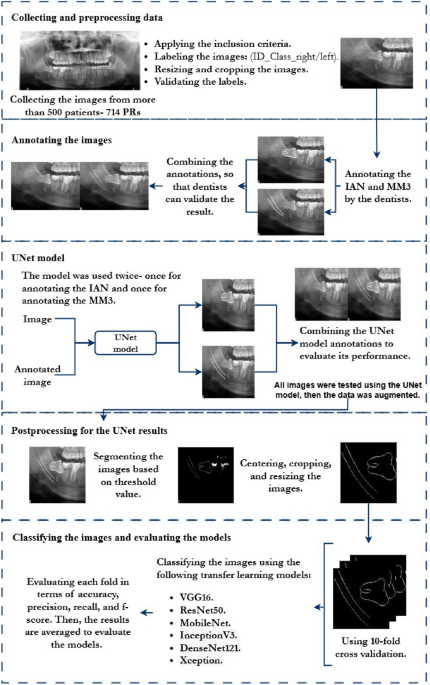
Automated assessment and detection of third molar and inferior alveolar nerve relations using UNet and transfer learning models
Szalma, J., Lempel, E., Jeges, S., Szabó, G. & Olasz, L. The prognostic value of panoramic radiography of inferior alveolar nerve damage after mandibular third molar removal: Retrospective study of 400 cases. Oral Surgery, Oral Medicine, Oral…
Continue Reading
-
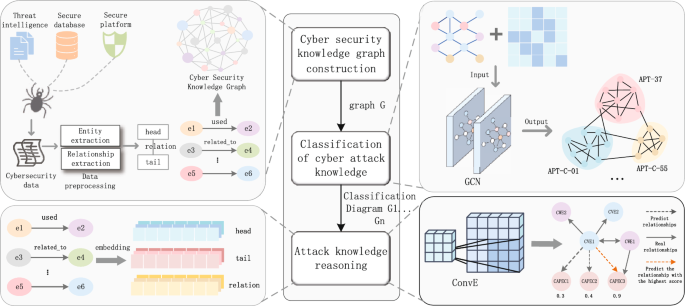
Network attack knowledge inference with graph convolutional networks and convolutional 2D KG embeddings
To validate the effectiveness of the KGConvE model in APT attack scenarios, this section introduces the experimental environment configuration, evaluation metrics, and experimental datasets. Parameter experiments are conducted to find the optimal…
Continue Reading
-

Explainability and importance estimate of time series classifier via embedded neural network
Verifying Importance via Ground Truth
When it comes to verification of feature importance, the availability of ground truth makes the verification process trivial. However the ground truth is not always readily available, especially in real world…
Continue Reading
-
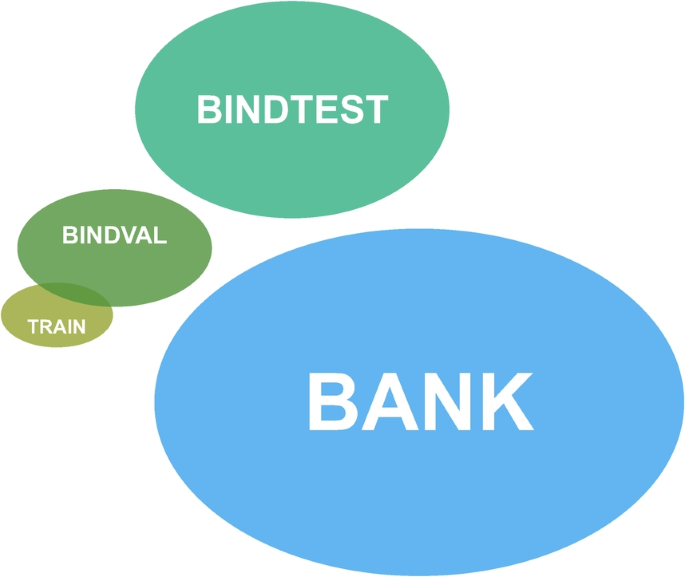
GENEOnet: a breakthrough in protein binding pocket detection using group equivariant non-expansive operators
This section introduces the mathematical model that we use to identify pockets. We also explain how the model was trained together with the datasets used for training, model selection and testing.
Data sources
During the training, validation, and…
Continue Reading
-

Hierarchical attention enhanced deep learning achieves high precision motor imagery classification in brain computer interfaces
Data acquisition and experimental paradigm
Participants and ethical considerations
The experimental protocol was designed in accordance with the Declaration of Helsinki and approved by the institutional review board43,44. A total of \(N = 15\)…
Continue Reading
-
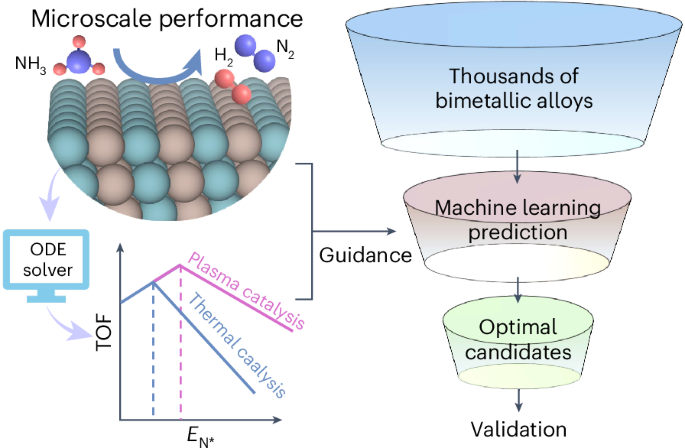
Interpretable machine learning-guided plasma catalysis for hydrogen production
Global CO2 Emissions from Transport by Sub-sector in the Net Zero Scenario, 2000–2030 (International Energy Agency, 2022); https://www.iea.org/data-and-statistics
Anika, O. C. et al. Prospects of low and zero-carbon renewable fuels in 1.5-degree…
Continue Reading
-

Exploring entropy measures in polymer graphs using logarithmic regression model
Irfan, M., Rehman, H., Almusawa, H., Rasheed, S. & Baloch, I. A. M-Polynomials and topological indices for line graphs of chain silicate network and H-naphtalenic nanotubes. J. Math. 2021, 5551825 (2021).
…
Continue Reading
-
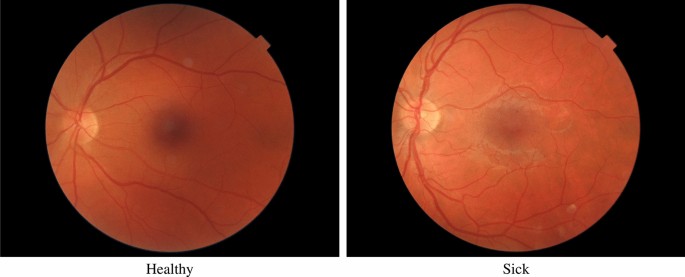
Diagnostics of diabetic retinopathy based on fundus photos using machine learning methods with advanced feature engineering algorithms
Ong, K. L. et al. Global, regional, and national burden of diabetes from 1990 to 2021, with projections of prevalence to 2050: A systematic analysis for the Global Burden of Disease Study 2021. Lancet402, 203–234 (2023).
…
Continue Reading
-
![Existence and controllability analysis of multi-term fractional coupled systems with generalized $$[\psi ,w]$$ -Caputo-Fabrizio operators](https://scienewsd.appsfornexus.com/wp-content/uploads/2025/10/41598_2025_17523_Fig1_HTML.png)
Existence and controllability analysis of multi-term fractional coupled systems with generalized $$[\psi ,w]$$ -Caputo-Fabrizio operators
In this section, we use the fixed-point theorems of Banach, Krasnoselskii, and Schauder to establish theorems on the existence, uniqueness, Ulam-Hyers stability, and controllability of the proposed system (2). Initially, as explained in the…
Continue Reading
